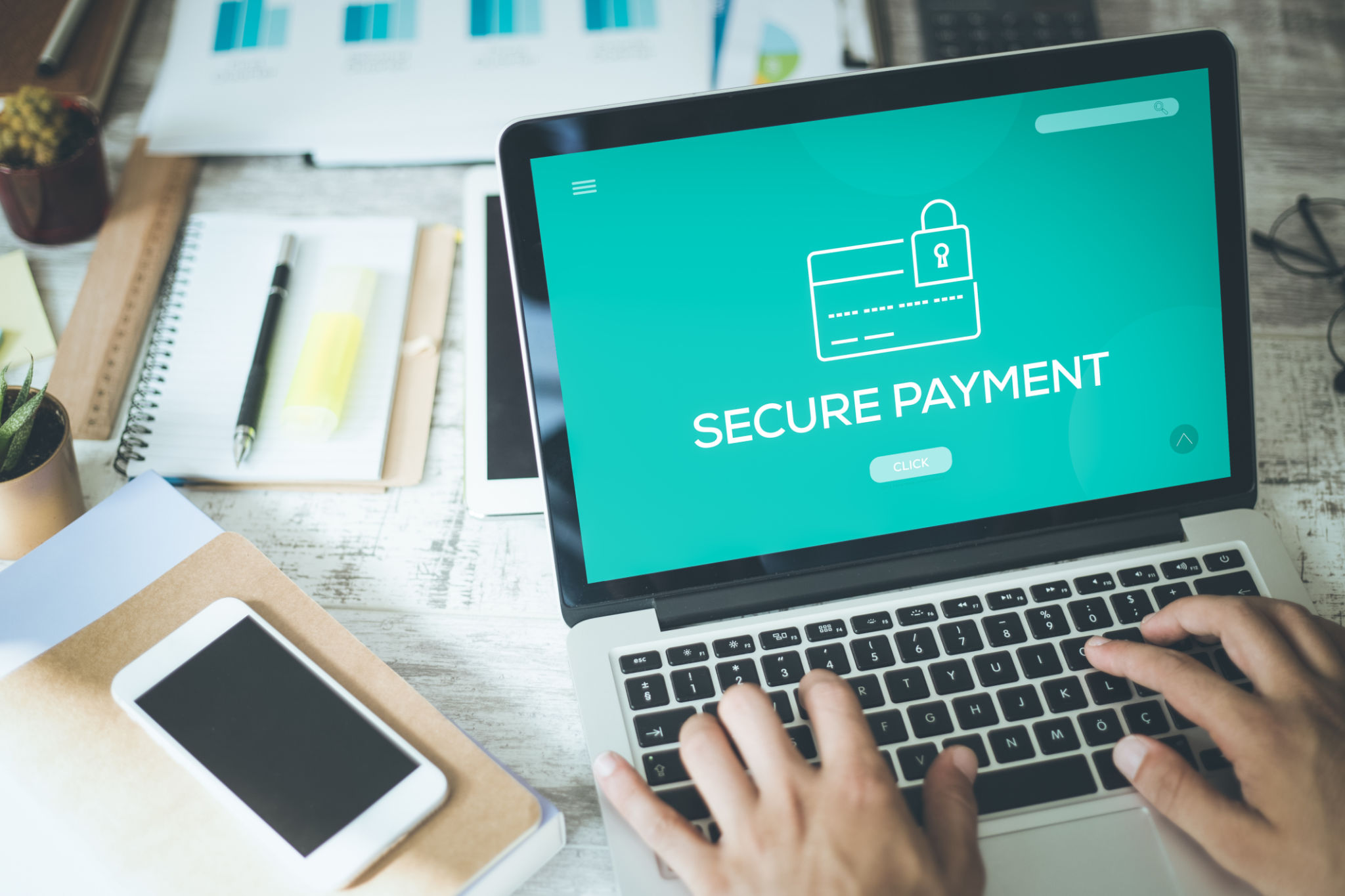How to Implement Secure Payment Solutions in Florida: A Step-by-Step Guide
Understanding Secure Payment Solutions
Implementing secure payment solutions is crucial for businesses in Florida to protect customer data and build trust. Whether you're a small local shop or a large online retailer, ensuring secure transactions can significantly impact your success. This guide will walk you through the steps to implement secure payment solutions effectively.

Step 1: Choose the Right Payment Gateway
The first step in implementing secure payment solutions is selecting a reliable payment gateway. A payment gateway acts as a bridge between your business and financial institutions, securely handling customer transactions. When choosing a gateway, consider factors such as transaction fees, security features, and integration capabilities.
It's essential to choose a gateway that complies with the Payment Card Industry Data Security Standard (PCI DSS). This ensures that the payment information is encrypted and transmitted securely, minimizing the risk of data breaches.
Step 2: Implement SSL Certificates
Secure Sockets Layer (SSL) certificates are a must-have for any business handling online transactions. SSL certificates encrypt data exchanged between your website and customers, safeguarding sensitive information such as credit card details. Make sure your website has a valid SSL certificate to establish a secure connection.

Step 3: Enable Tokenization and Encryption
Tokenization and encryption are advanced security measures that protect payment data. Tokenization replaces sensitive information with unique identifiers or tokens, making it unusable if intercepted. Encryption converts data into a coded format that can only be deciphered with the correct key.
By implementing tokenization and encryption, businesses can significantly reduce the risk of fraud and unauthorized access to customer data.
Step 4: Set Up Two-Factor Authentication
Adding an extra layer of security through two-factor authentication (2FA) can prevent unauthorized access to your payment systems. 2FA requires users to verify their identity using two different methods, such as a password and a unique code sent to their mobile device.

Step 5: Regularly Update Software and Conduct Security Audits
Keeping your software up-to-date is essential for maintaining security. Regular updates ensure that you have the latest security patches and features to protect against vulnerabilities. Additionally, conducting regular security audits helps identify potential weaknesses in your system before they can be exploited.
Partner with cybersecurity experts to perform thorough assessments of your payment solutions and implement necessary improvements.
Step 6: Train Your Staff
Educating your employees about secure payment practices is vital for maintaining overall security. Provide comprehensive training on how to handle customer data responsibly and recognize potential threats such as phishing scams. An informed team is your first line of defense against security breaches.
Conclusion
Implementing secure payment solutions in Florida involves choosing the right technologies and practices to protect customer data and build trust. By following these steps, businesses can ensure safe transactions, comply with industry standards, and reduce the risk of fraud. As technology evolves, staying informed and proactive about security measures will help safeguard your business and customers.
